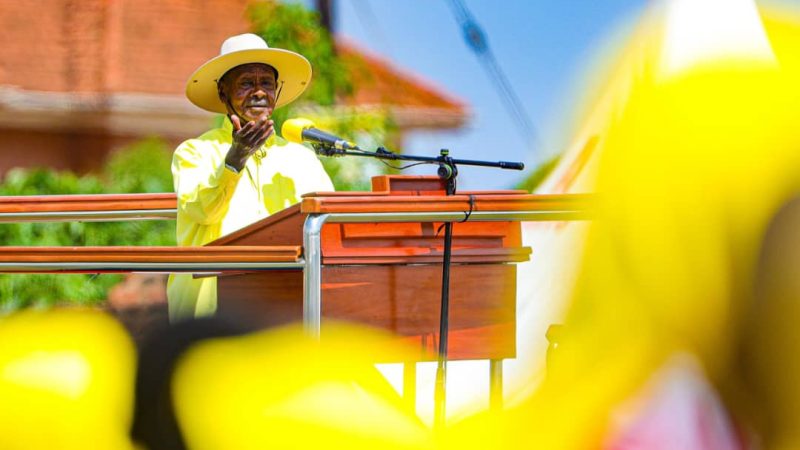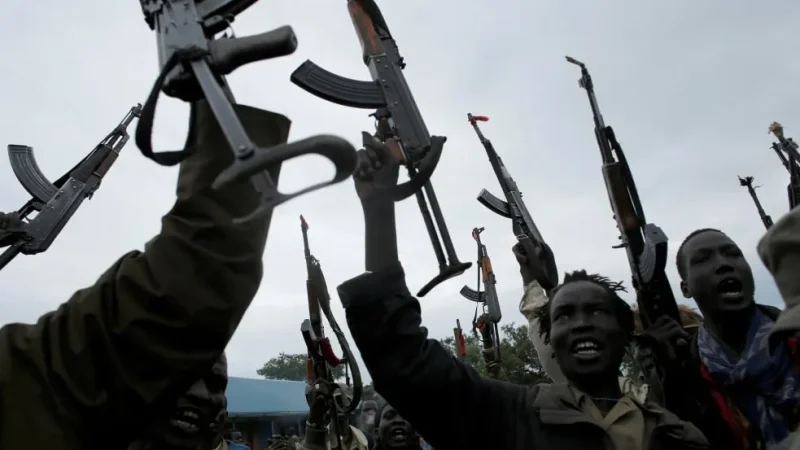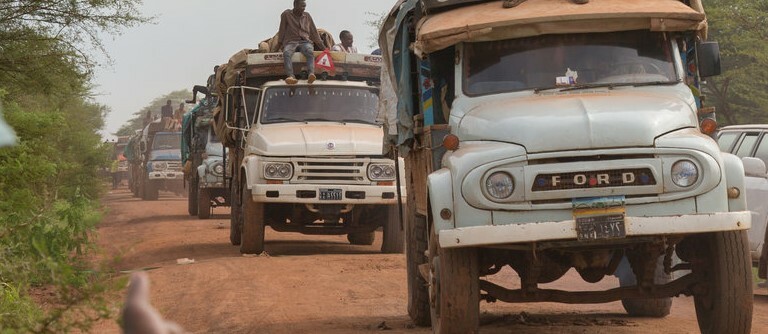Small-scale farmers in South Sudan, working with Africa’s largest non-governmental organisation ForAfrika, are poised to harvest vegetables and cereal crops planted across a record 6 700 hectares (67 000km2), the organization has said.
Hundreds of thousands of people in South Sudan face starvation as climate change causes severe droughts during the dry season and unprecedented flooding during the wet season, says ForAfrika CEO Isak Pretorius.
ForAfrika launched this farming programme in 2016 in a bid to improve food security and eradicate reliance on aid, and has worked with between 8 000 and
10-000 households each year since then, says Abeba Amene, ForAfrika’s country director for South Sudan. There is an average of six people per household.
In 2022 ForAfrika is collaborating with approximately 10 000 farming households in South Sudan that are new to its programme, says Amene.
“Our aim is to support food-insecure households so that they gain food security first, and in the long run they are able to sell their surplus and earn an income,” says Amene.
ForAfrika assists farmers with seeds, equipment and training in how to grow, harvest and store food crops. Crop farming is fairly new to South Sudan, which gained independence from Sudan in 2011 to become Africa’s newest country. Traditionally the country’s citizens were hunters, fishers and livestock farmers, says Mulugeta Berhanuu, ForAfrika’s food security and livelihoods manager for South Sudan.
Farming in South Sudan is complicated by increased flooding, which has engulfed land that used to escape the annual rising of the country’s rivers. While annual flooding is to be expected in parts of South Sudan, through which the Nile River flows and where Africa’s largest marshland, the Sudd, is located, the past three years have suffered rainy seasons that have surpassed records.
These floods have been linked to climate change, as have the dry seasons’ droughts, says Amene.
Seven years of working with thousands of South Sudanese farmers have taught ForAfrika’s team in the country what crops and crop varieties work well in which regions, and led to the introduction of rice, cassava and sweet potato crops in flood-prone areas, says Amene.
The organisation is also working with 3 000 young people to build dykes that can hold back floodwaters.
Approximately 800 000 people have been displaced by floods this year, says Amene.
The dykes can safeguard homes and community assets such as schools and clinics, and in some cases have led to people being able to return to their homes after two years of being away because of flooding, she says.
The knowledge of how to build dykes, and how to grow crops, is helping people regain the ability to live in the communities they want to live in, says Amene.
“People tell me, ‘Even if you go, the knowledge will stay with us,’ and that is what our work is aiming for. It is good to hear that,” she says.
Berhanu adds that, without prompting from ForAfrika, communities that have benefited from farming training have passed their knowledge on to other communities. “They did that without us, and that is what we want to see,” he says.
In addition to the dykes, ForAfrika is working with communities to construct access roads so that surplus produce can be transported to markets, says Amene. Again, the organisation worked with young people from local communities, and this has dual benefits – it increases community access to markets and it takes young people away from areas in which they might become embroiled in conflict.
“The crises in South Sudan are many,” says Amene, “but there are rays of hope.”









